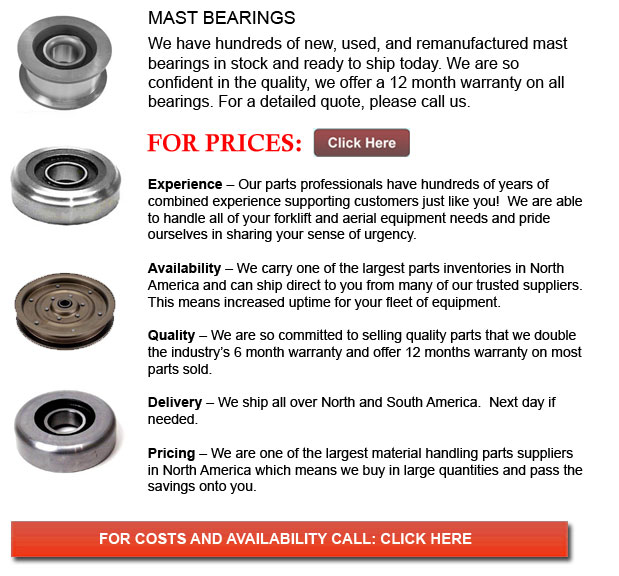
Mast Bearings - A bearing is a device which enables constrained relative motion between at least 2 parts, often in a rotational or linear procession. They can be generally defined by the motions they permit, the directions of applied loads they could take and according to their nature of use.
Plain bearings are extremely commonly used. They make use of surfaces in rubbing contact, often along with a lubricant like for instance oil or graphite. Plain bearings may or may not be considered a discrete tool. A plain bearing can consist of a planar surface which bears another, and in this particular case will be defined as not a discrete device. It could have nothing more than the bearing exterior of a hole together with a shaft passing through it. A semi-discrete example will be a layer of bearing metal fused to the substrate, whereas in the form of a separable sleeve, it would be a discrete gadget. Maintaining the proper lubrication allows plain bearings to provide acceptable friction and accuracy at minimal expense.
There are different bearings which can help enhance and cultivate effectiveness, accuracy and reliability. In numerous uses, a more appropriate and specific bearing can enhance operation speed, service intervals and weight size, therefore lessening the overall expenses of using and buying equipment.
Bearings will vary in application, materials, shape and required lubrication. For instance, a rolling-element bearing would use drums or spheres among the components in order to control friction. Less friction provides tighter tolerances and higher precision as opposed to plain bearings, and less wear extends machine accuracy.
Plain bearings can be made of metal or plastic, depending on the load or how corrosive or dirty the surroundings is. The lubricants that are used may have significant effects on the lifespan and friction on the bearing. For example, a bearing could be run without whatever lubricant if continuous lubrication is not an alternative as the lubricants could attract dirt that damages the bearings or tools. Or a lubricant can enhance bearing friction but in the food processing trade, it can need being lubricated by an inferior, yet food-safe lube so as to avoid food contamination and guarantee health safety.
Nearly all bearings in high-cycle applications need some cleaning and lubrication. They may require periodic adjustment in order to minimize the effects of wear. Some bearings may require infrequent upkeep so as to prevent premature failure, even if magnetic or fluid bearings may require little preservation.
A well lubricated and clean bearing would help extend the life of a bearing, nevertheless, several types of uses could make it a lot more difficult to maintain consistent upkeep. Conveyor rock crusher bearings for instance, are routinely exposed to abrasive particles. Frequent cleaning is of little use since the cleaning operation is expensive and the bearing becomes dirty once more when the conveyor continues operation.
![]() Click to Download the pdf
Click to Download the pdf
Forklift Parts
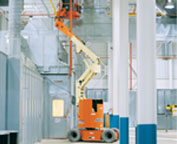
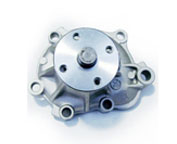

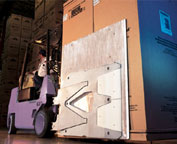
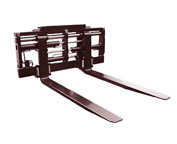
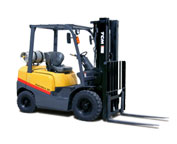
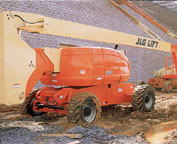
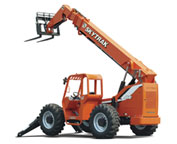
Lift Parts Express
TOLL FREE: 1-888-695-7994
Cleveland, Tennessee
forkliftsincleveland.com
Email Us
About Us


